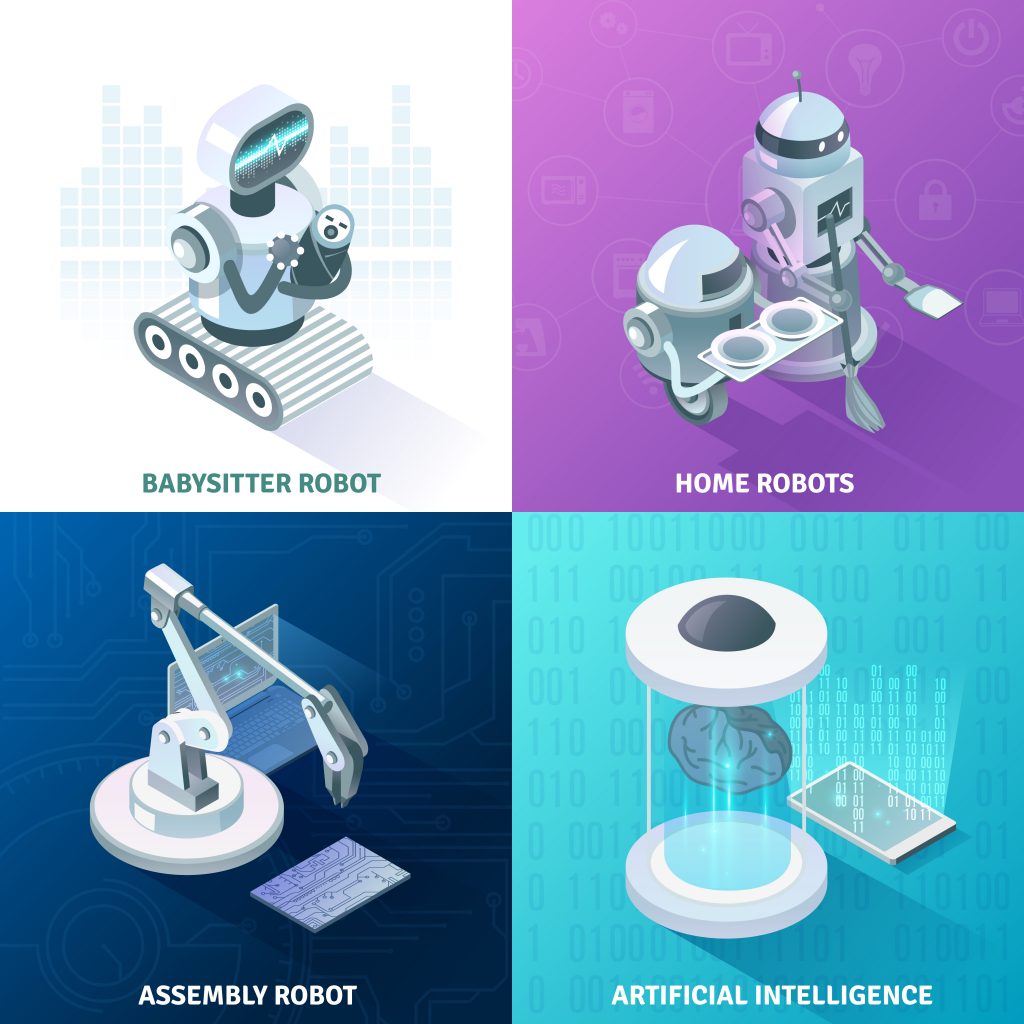Service Robots – What are they?
Most of us have watched documentaries in which the robots are working on the production line. Such documentaries make up our mind that the use of robots in the production is obvious, and probably one and the only use of robots. However, that is not the case. The advancement in technology has reached up to a level where the industries are also using service robots and industrial robots to get the work done and even that in the most efficient manner.
Evolution in intelligent machines and acceptance in it utilisation in routine chores in every field has led to a discrete classification of the robots and their purpose. Broadly speaking, robots are either service robots or industrial robots. By the end of this article, these two types of robots won’t seem similar to you any more.

You can consider service robots as one of the sophisticated versions of robots that provide you with services at a commercial level. Have you heard about the robot waiters serving food to the customers in a restaurant as a test run? Yeah, you are right. Those robots are included in the service robot’s category.
What's the benefit of service robots?
They have multiple benefits, with the most prominent ones related to efficiency and effectiveness. Plus, they can reduce the requirement of the workforce, thus reducing the operating costs associated with the service.
In addition, the use of robots in the service industry promise precision and better results. All these benefits of industrial robots are already proven. Similarly, in the future, service sector is also expected to make use of these benefits
Differences between industrial robots and service robots:
There are apparent differences between the styles of these robots. We’ll be highlighting three of the main differences between the industrial robots and the service robots in this article. So, let’s start.
Use of robots:
The first and foremost difference lies in the application of both of these types of robots. In industrial settings, the use of robots would be categorised as industrial robots. Precise cutting, lifting heavy objects and other heavy-duty tasks are some of the industrial robots’ activities. Industrial robots are specific in function and therefore, less flexible with regards to the carrying out a variety of tasks unless re-programmed. However, this quality adds to the accuracy and precision of the tasks executed to a fraction of a millimetre. In comparison with the Industrial robots, autonomous robots are early on the road to human-adaptability such as the capability to adapt to complex warehouse layout to transports goods and raw material.

As opposed to industrial robots, service robots can work at home and in the commercial service industry. Serving customers in restaurants, shopping malls, healthcare industry, and even the military can utilise these robots. In other words, you can consider all the robots working in the commercial industry as service robots. These robots adapt to the changing operating environments and the requirements of the application.
Target Customers:
The customers that the industrial robots target are the industries compared to the service robots whose target is the service industry. Even the numbers of robots required by the industrial sector are quite more in number compared to the service sector.
In addition, industrial robots can take the place of humans. However, these robots cannot replace humans altogether. They can only assist humans in performing different tasks and serving customers. Agricultural, construction, and Inspection help are amongst the basic ones that you can expect from advanced robots.
Maturity level:
No doubt, industrial robots have been in place for quite some time. Not only in terms of technology, but the acceptance of these robots in the industry has also grown significantly. These robots are amongst the essentials without which the industry cannot operate.
When it comes to service robots, they are in relatively an early stage. Trivial design and operability limit its utility to test-runs, and their acceptance in the service industry has not yet gained much importance. In addition, the use of this type of robot requires a more advanced level of service delivery for which neither the robots are ready nor our industries. Imagine, a robot serving you in a restaurant, how comfortable would you be? We guess not much, at least not initially. It will require some time.
In addition, newer technologies like 3D integration, artificial intelligence, and vision-related technology will enable the robots to maps new environments. Most importantly, it will enable the robot to visualise real-time changes in the route through Light Detection and Ranging (LIDAR) sensors to avoid obstructions. Only then a service robot is truly capable of shifting between the hallways of restaurants, hospitals and narrow passage of offices.
Conclusion:
The difference between industrial robots and the service industry is quite evident. Although you can assume their end purpose to be the same i.e., facilitating humans in the best possible way. But the industries in which they serve and the tactical level things are different. This is what gives them their unique properties.

